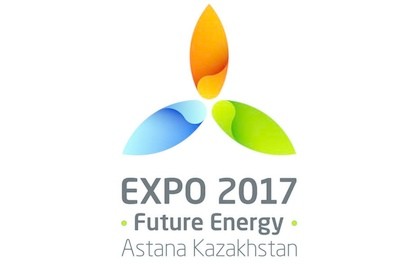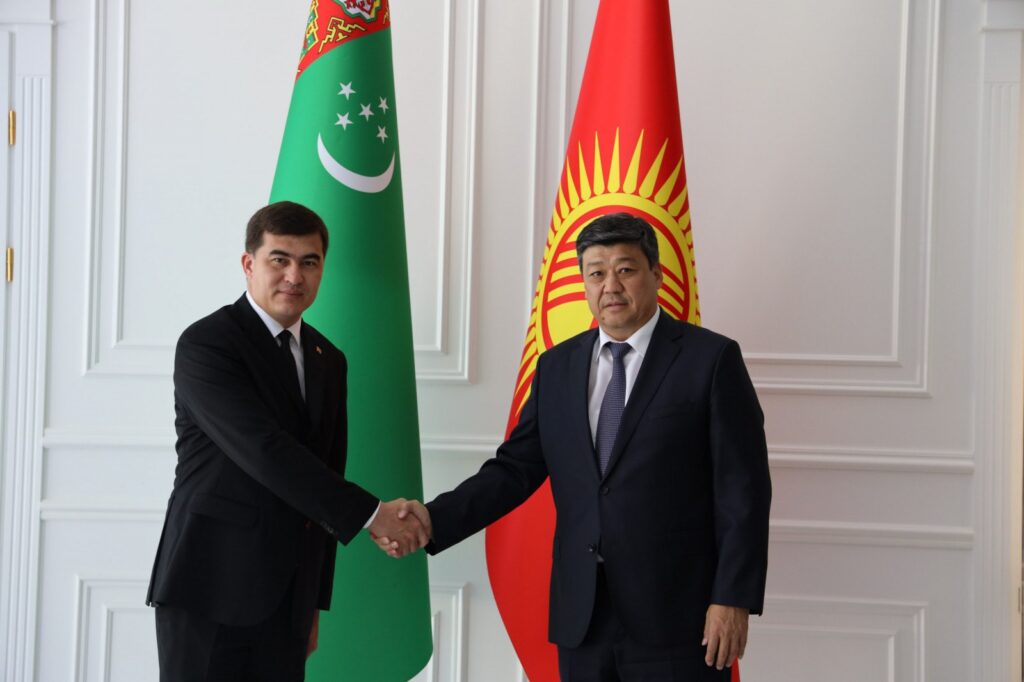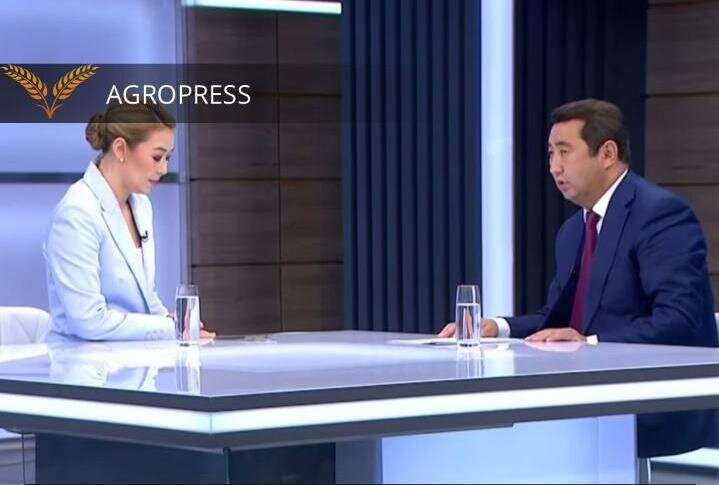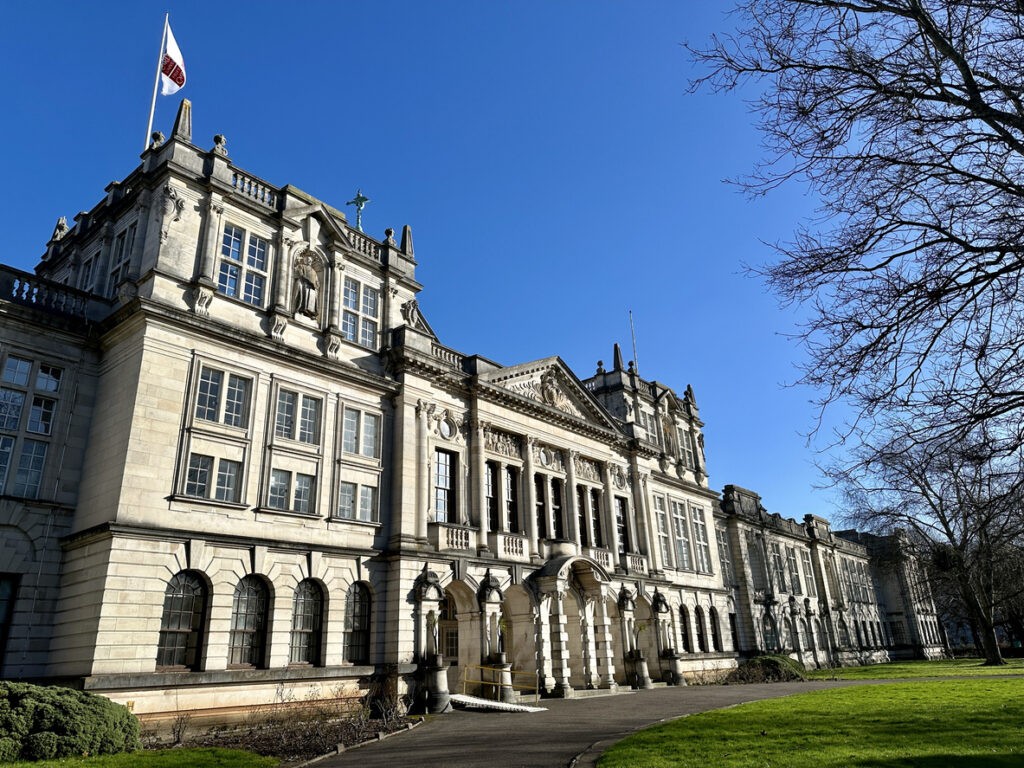LONDON (TCA) — Deadlines have never been taken too seriously in Kazakhstan, and the quarter-century delay in the construction of the Almaty Underground and the Kashagan offshore oil drama are just examples of it. Due to such long hauls, projects are overtaken by economic and other realities – and the Expo 2017, the event that should put Kazakhstan and its capital Astana in the spotlight once and for all, seems to be no exception to it.
On November 16, a bridge connecting to main structures at the Expo site just outside Astana was reported to have collapsed for unknown reasons and without anyone getting hurt. The state-run organisation of the event which owns the site hurried to declare that the bridge is “… not a supporting structure and a decorative addition to the project”. People are supposed to walk on it, though, and such an incident during the Expo would be a disaster. The physical damage may therefore be swiftly repaired – repairing the damage to the entire project’s image may take more effort.
Watching it all, officials must be holding their breath. Many of the nearly hundred national pavilions and several dozens of supranational and corporate ones have only recently been agreed upon and have not yet been constructed. The dominating central pavilion, nicknamed The Ball after its shape, is not finished either. Accidents occurring at this stage are more than just a nuisance.
A pattern of abuses
It is not the first time bad news hits the Expo. In June last year, the organisation’s head, former sports and tourism minister Talgat Ermegiyaev was convicted to 9 years in jail for embezzling over 5.9 billion tenge ($18 million at the current rate) from the Expo’s 2.3 billion dollar budget. Further investigations later brought the stolen amount up to $31 million.
There seems to be a pattern there. Shortly before Ermegiyaev’s arrest, another Astana Expo-2017 official, Kazhymurat Ussenov, was placed under house arrest on suspicions of embezzlement of US$1.2 million. “A shell company owned by Ussenov’s accomplice, Southfork Ltd, had apparently received inflated profits between May and October 2014 for low-cost fencing works on several construction sites,” an investigation report from Menas Consultants (UK) reads.
Scattered, incomplete information
Scams are but part of the Expo’s management’s struggle. How to get people from all over the world to Astana for the occasion also remains a “major challenge” in velvet business jargon. Originally, the organisation and the government officials proclaimed expected numbers in the order of two to three million. Now, forecasts have been scaled down, but figures still tend to look a bit odd. According to the organisation “… it is expected that EXPO-2017 will be visited by about 300 thousand tourists. On average, each foreign visitor will stay for 4 days and will spend about 1.5 thousand USD.” Whether this includes accommodation is not clear. If not, the amount looks highly exaggerated.
Tour operators from various countries have signed protocols with the Expo to offer arrangement including flight, accommodation and entry tickets to the event. However, the public appears to be left in the dark so far. “I can’t find anywhere that any price points for tickets have been released, and being so far ahead hotels and airfares are also not available,” Daniel R., from Brisbane, Australia, who planned to spend his 2017 holiday in Kazakhstan and include the Expo, wrote in a query posted by TripAdvisor in mid-April this year. “I was going to allocate 2-3 days to do a look around the Expo, but assumed (rightly or wrongly) that the city will come alive with all sorts of associated events, community events, etc, that tourists can get involved in. Is this happening?”
Tour deals: prices nowhere to be found
Shortly afterwards it became known that tickets with a fixed date on a weekday cost 4 000 tenge (just over $11 at current exchange rates), and for the weekend 6000 tenge. A ticket with an open date valid on weekdays 6 000 tenge and in weekends 8000 tenge. These tickets can be booked and paid online. They will be registered so anyone who loses his ticket can enter anyway, like with air tickets. There is no information on the availability of multiple tickets.
For the average Kazakh citizen, these prices are affordable but not negligible. Moreover, there is no indication on prices of food and refreshments at the site, or the eventuality of having to pay extra entry fees for specific attractions such as shows and movies. There is also no information on eventual discounts for pensioners, students and other people with tight household budgets. As for foreign visitors, several tour operators have already announced to bring trip package deals for the Expo on the market. But none of them has done so thus far, and price indications for a full arrangement are nowhere to be found. As for events, no calendar has been publicised either.
An illusionary theme
At the bottom of it all, there are even more things to worry about – not in the least the appeal the Expo is supposed to have in the world. Meant to show how an oil-driven nation knows how to transform itself into a sustainable post-oil economy, the Expo’s theme now looks illusionary simply because Saudi Arabia has put off such a prospect for half a century to come and thereby remove the post-oil era from the agendas. By letting the oil price (with gas prices following the trend) drop from $110 to $45 per barrel, the Saudi-led OPEC has doubled oil’s share on the global energy market and secured it for at least three decades to come.
For Kazakhstan, which produces at maximum capacity in the order of 1.5 million barrels a day with heavily overleveraged upstream assets, it means that economics speak against the Expo’s raison d’être. $2.3 billion is one-third of the country’s annual income in 2015 on agriculture, 5 per cent of its industrial output’s value and 2 per cent of its gross domestic product. Investing that money into agriculture could easily double the sector’s income ($7.85 billion in 2015) and substantially improve the country’s sustainability. Little more left to argue…








